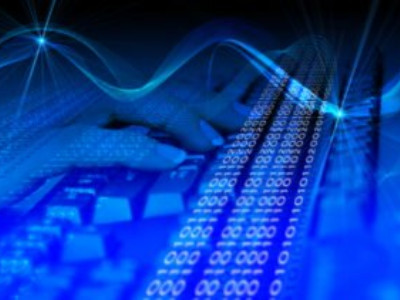New Study Reveals Ozone’s Hidden Toll on America’s Trees
A new nationwide study reveals that ozone pollution—an invisible threat in the air—may be quietly reducing the survival chances of many tree species across the United States. The research, published in the Journal of Geophysical Research: Atmospheres is the first…


 Six students from the College of Engineering and Computer Science (ECS) saw this as a problem they could help solve. Their project started when Emily Fuchs ’20, Victoria Bialczak ’20, Owen Clyne ’21, Aleksander Dzodic ’21, Seth Reed ’21 and Kathryn Lindgren ’21 joined a student design challenge put out by Johns Hopkins University. The goal was to find innovative solutions to the COVID-19 pandemic.
Six students from the College of Engineering and Computer Science (ECS) saw this as a problem they could help solve. Their project started when Emily Fuchs ’20, Victoria Bialczak ’20, Owen Clyne ’21, Aleksander Dzodic ’21, Seth Reed ’21 and Kathryn Lindgren ’21 joined a student design challenge put out by Johns Hopkins University. The goal was to find innovative solutions to the COVID-19 pandemic.